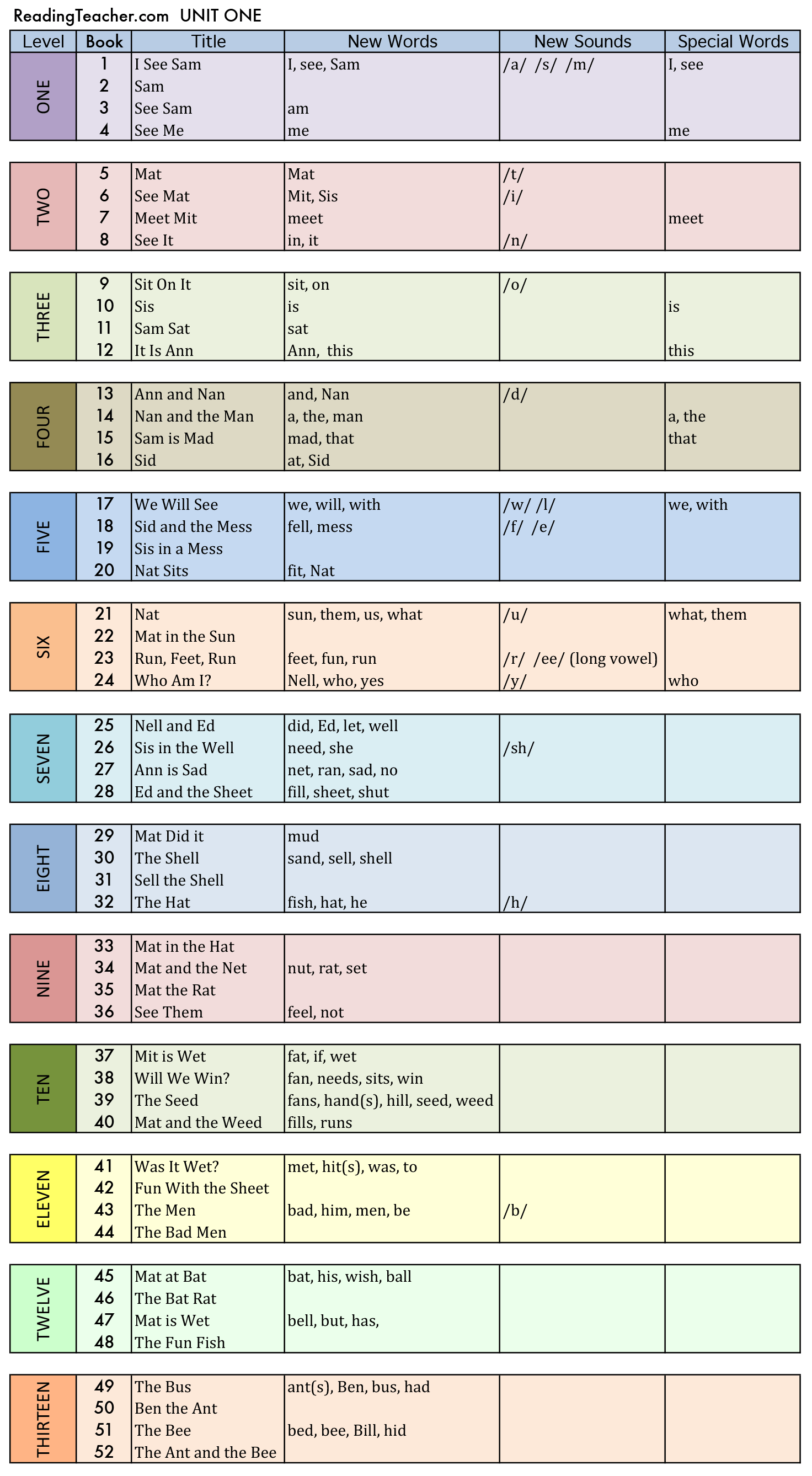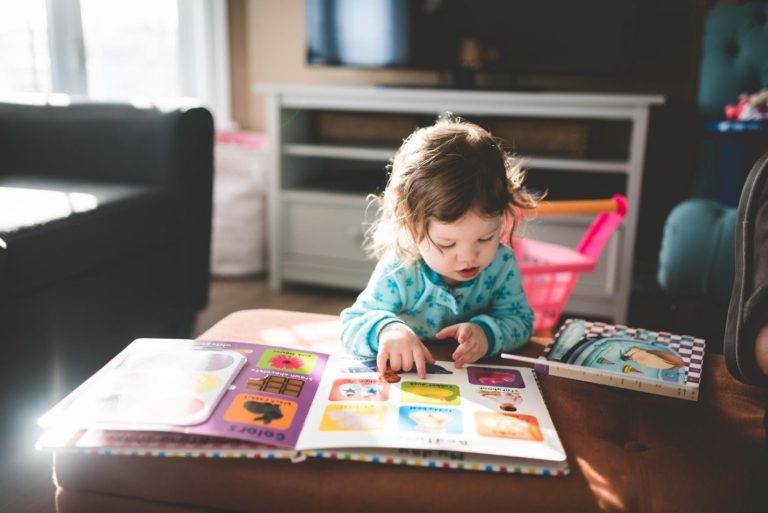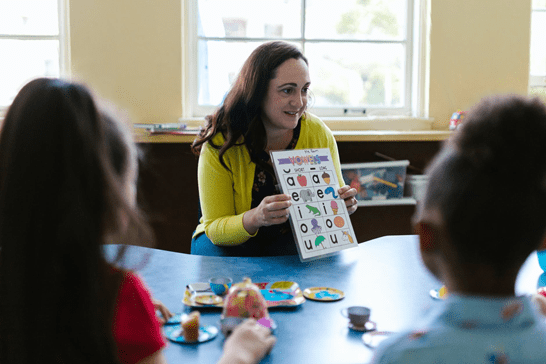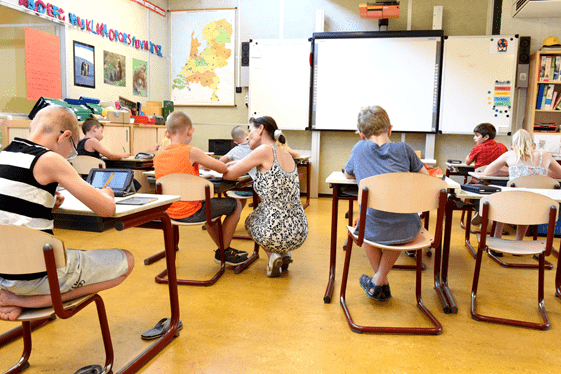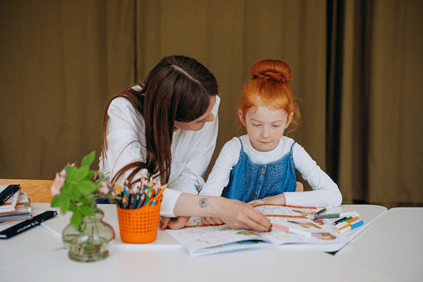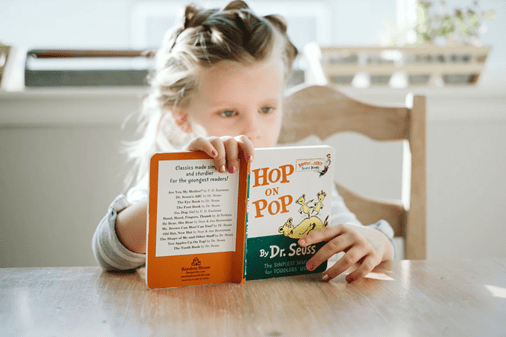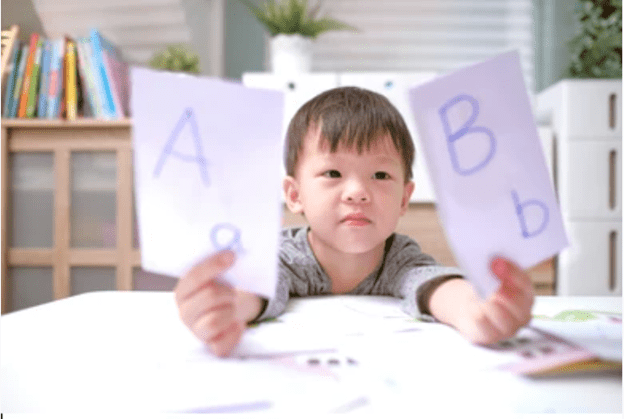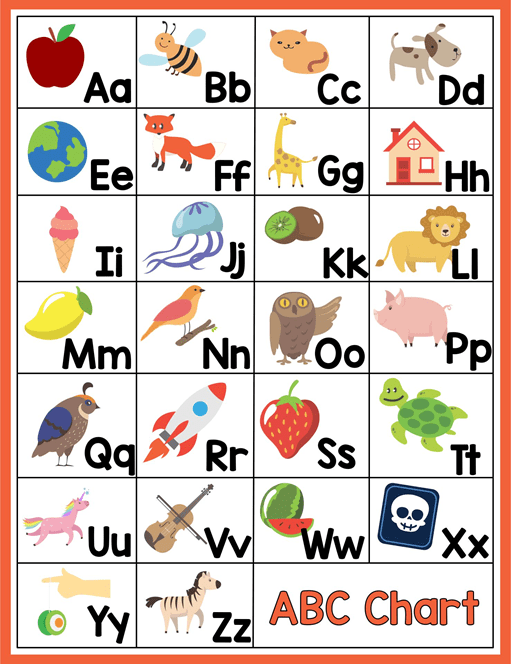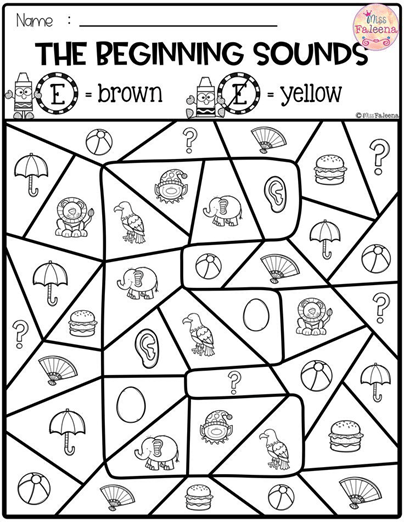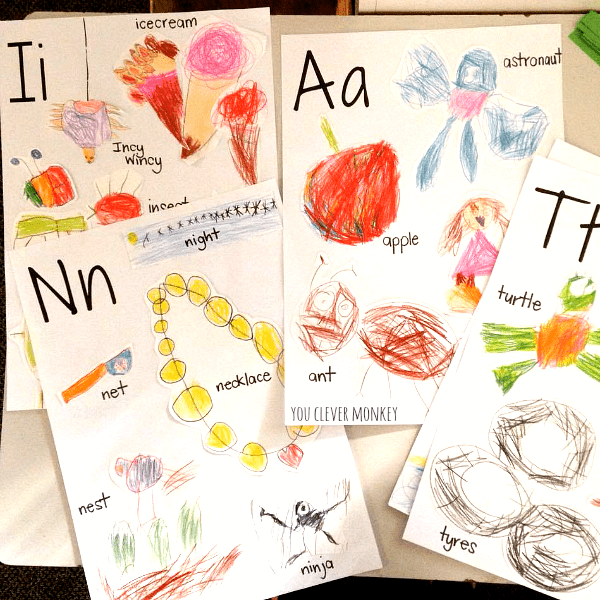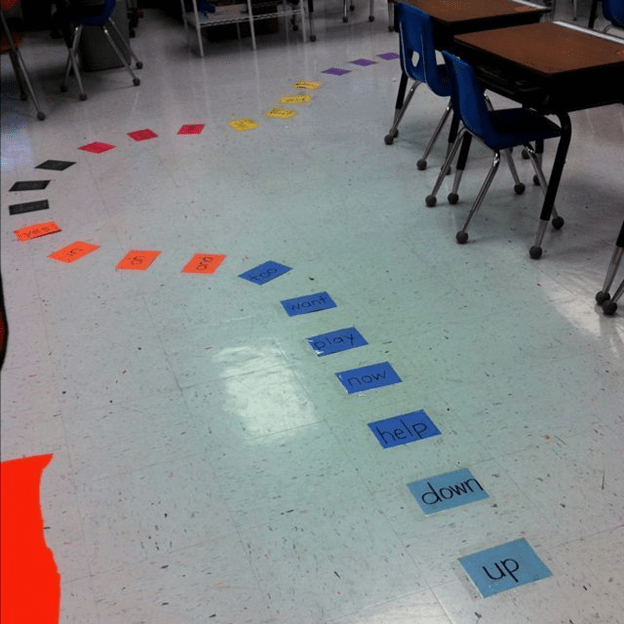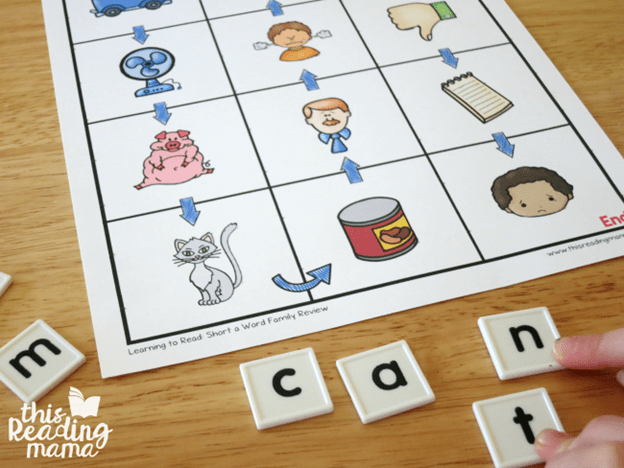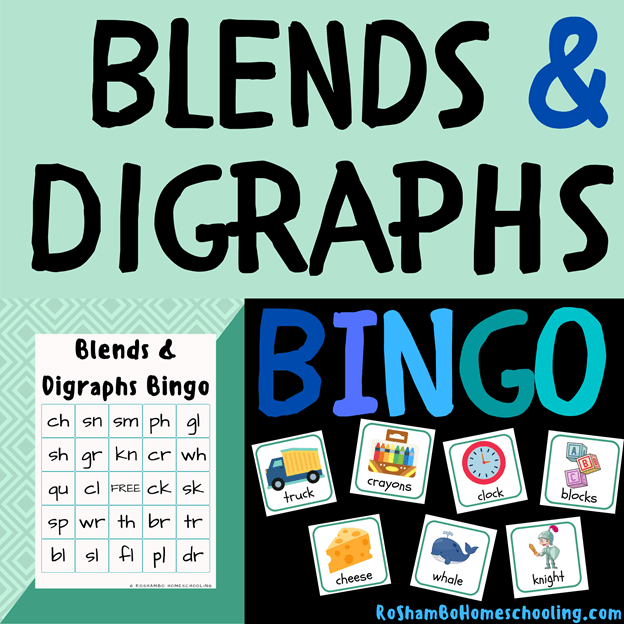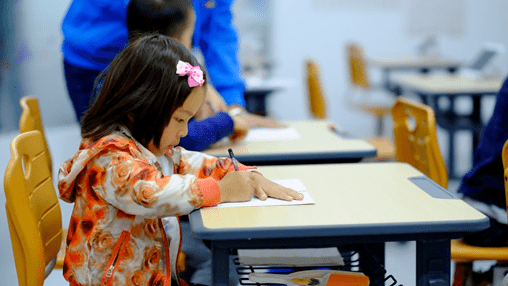What are sight words?
Sight words are also called high-frequency words. They encourage young learners to memorize by viewing them. This helps in recognizing them in prints without using any strategies to decode the new words. Some of the examples of sight words are; has, have, was, and, the, are, and the list goes on.
Over 75% of the children’s textbooks are comprised of sight words.
Fun ways to learn sight words:
To aid you in teaching sight words in fun ways, we have compiled a list of activities. We have generated plenty of ideas and thoughts. It helps in releasing energy with activities and games in tons of outdoor and hands-on activities.
Putting flashcards on a day-to-day basis helps little learners to develop these skills more quickly. Besides, we would suggest you make it engaging with fun and exciting activities for young readers. Hand-on sight words accompanied by activities and games can draw the attention of preschoolers. It also helps them to learn at a faster pace.
Moreover, incorporate the sight words in daily life. Make it part of your play that develops the interest of the children in learning. It will result in mastering the list a little faster.
Initiate with sight words as early as possible:
It is essential to learn sight words in the early years of homeschooling and schooling. Knowing the sight words means a strong grip and command over the recognition of words. It makes reading and memorizing much easier. It assists young learners to become affluent readers and improve their comprehension.
Sight words may require a lot of effort, time, and energy. By taking an early initiative will ease out the burden. According to research, a child who starts learning sight words at an early age may learn effortlessly and grasp more words due to exposure to extensive reading.
You can begin with two letter sight words like no, on, in, is, it, too, an, am, or, of, and others. This makes it easier for beginners to recognize, learn and develop the skills. Once you have mastered two-letter words, you can move on to three or more letter words to add up to the vocabulary.
It is never too early, to begin with, sight words. It is beneficial to start at a tender age so that it helps in language booster and aids them with reading skills. This is one of the most natural ways to introduce your children to an array of sight words. Simple flashcards for your child also bring a lot of improvement.
Continuous practice makes a lot of difference:
Repeat exposure to the sight words will do the trick for you. When you repeatedly bring into the notice the sight words, it makes a lot of difference. Sight words like I, as, at, she, he, do, and, up, so, by, go, and some of the words which keep on repeating time and again. Emphasizing them religiously encourages your child to chime in.
Sight words make up the major portion of the text. Moreover, reading out the text loudly can make a lot of a difference.
Pool in all the senses of a child:
Using all the senses in the activities makes learning more interesting and fun-filled. Children grab new words more quickly. By using multi-senses for it will help in retaining the sight words for a longer time.
Therefore, the use of pipe cleaner to magnetic letters to construct sight words is quite beneficial.
Activity-based learning:
Let them explore sight words in newspapers, magazines, pamphlets, and brochures. It will develop their skill in searching for more and more sight words along with the basic understanding of the sight words.
Develop a habit in the child for reading the signboards on the streets, roads, and at utility stores. It assists in building a robust foundation for the child.
Illustrations on the board, spelling drillings, or typing on the keyboard can cement their learning of the words.
Play along with the sight words:
A game makes the learning of sight words more entertaining for a child. The play times like jumping games along with the sight words will result in wonders. Try hopscotch to make them learn while playing.
Final words:
Making your preschooler’s journey into reading is a fun yet challenging adventure to begin with. Hence, it is vital to make tiny steps towards introducing new words to them. Most importantly, it is vital to stay positive with learners. Try to mix and match the activities to engage and excite them with the learning process.
Parents and teachers are the biggest cheerleaders of a child. Therefore, appreciate them for the little efforts they are making to learn. It makes them feel excited and motivated to learn more and more. Readingteacher.com would love you help you with creative ideas and innovative suggestions.
